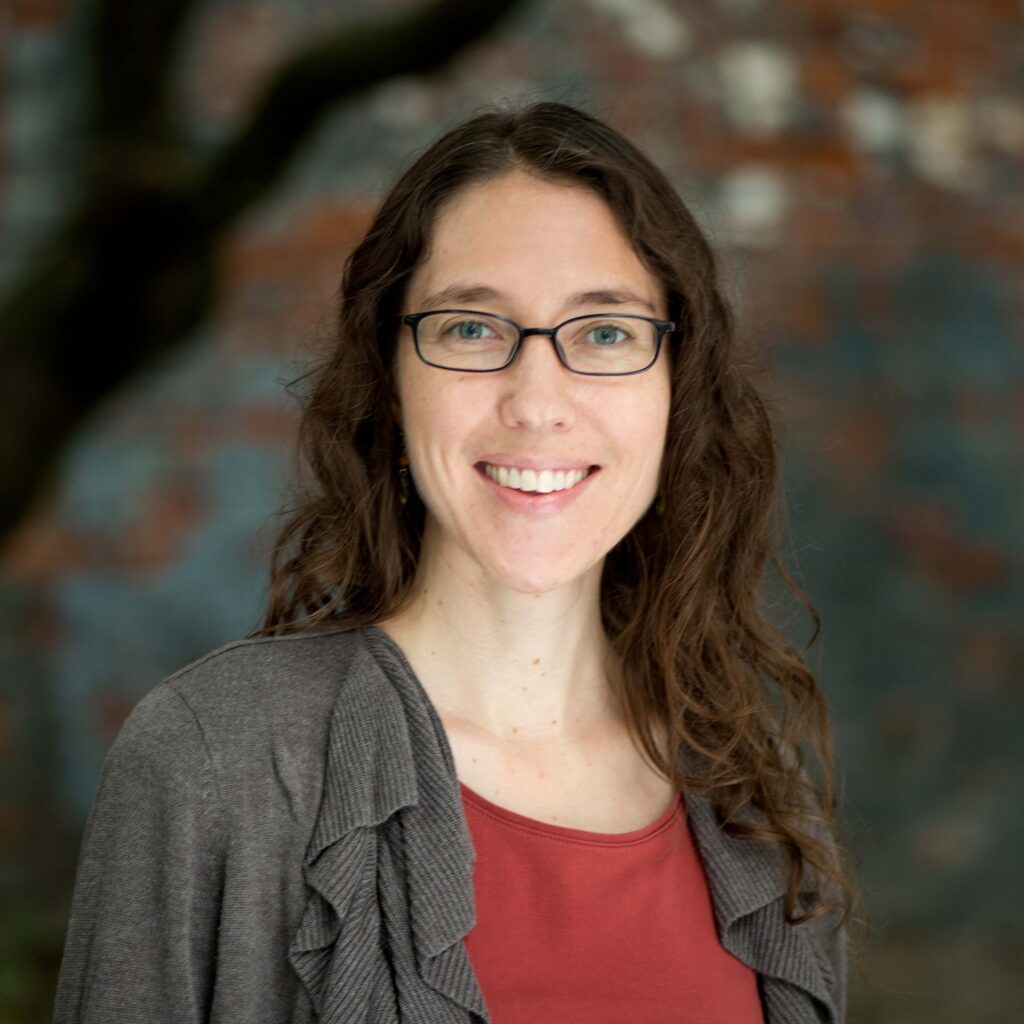
BUILDING PERFORMANCE SIMULATION IN ACTION: CASE STUDIES FROM AIA
Building Performance Simulations have become indispensable tools in the pursuit of high-performance buildings. These simulations allow architects, engineers, and designers to predict and optimize the energy performance of buildings before they are constructed or renovated. By using detailed models to simulate various scenarios, professionals can identify the most effective strategies for energy efficiency, sustainability, and occupant comfort. The recent 2024 AIA COTE Awards showcased projects that exemplify the robust application of these simulations, demonstrating their critical role in achieving superior building performance. Among the award-winning projects, Thurston Hall and the PAE Living Building showcase for their innovative use of building performance simulations.
The PAE Living Building represents a vision of a world with clean air, energy, and water for all. As the world’s first developer-driven Living Building, this five-story, mixed-use structure showcases replicable and cost-effective solutions for sustainable design. It removes barriers to entry for highly sustainable projects, acts as a regenerative ecosystem, and enhances the neighborhood.
Thurston Hall, a newly renovated residence hall at The George Washington University in Washington, DC, required significant energy improvements to meet increasing performance standards. Energy modeling was crucial in directing the renovation budget towards the most effective energy reduction strategies, focusing on mechanical system design and envelope improvements.
Speakers

Adam Mckittrick
Adam is a mechanical engineer with CMTA. He has a background in energy modeling and using energy analysis to design high-performance buildings.

David Mead
David heads the Regenerative Design Group at PAE where he leads research, integrated engineering, whole life carbon analysis, and verification of concepts. He is a committed advocate for regenerative buildings and brings an innovative approach to greenhouse gas and energy analysis to advance building performance towards a carbon neutral future.

Rachel Wrublik
Rachel is a mechanical engineer at PAE with a passion for regenerative design, healthy ecosystems, and human interaction with the environment. She has focused on integrated design, Net Zero Energy and Living Buildings, passive design strategies, low carbon solutions, and healthy materials.
